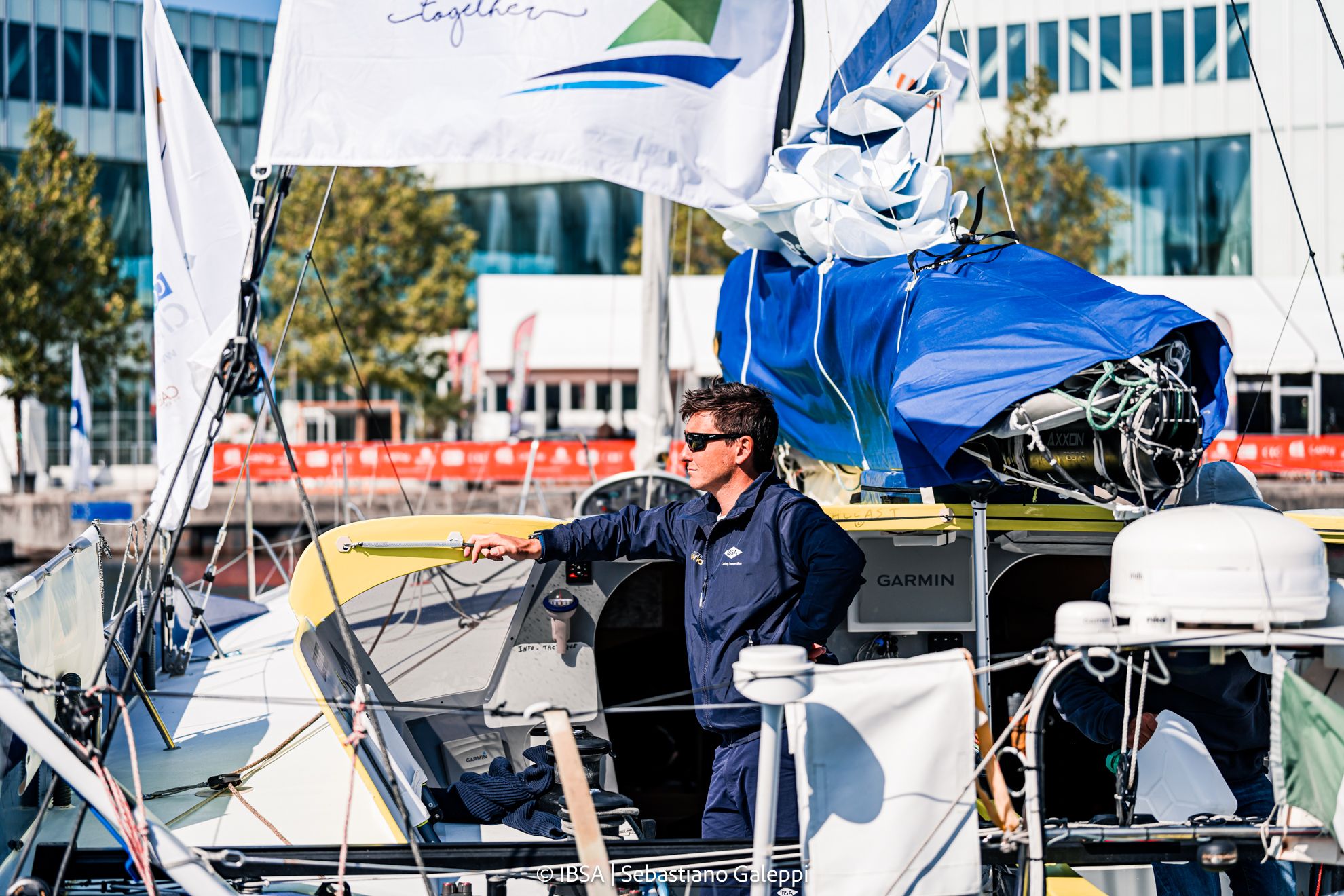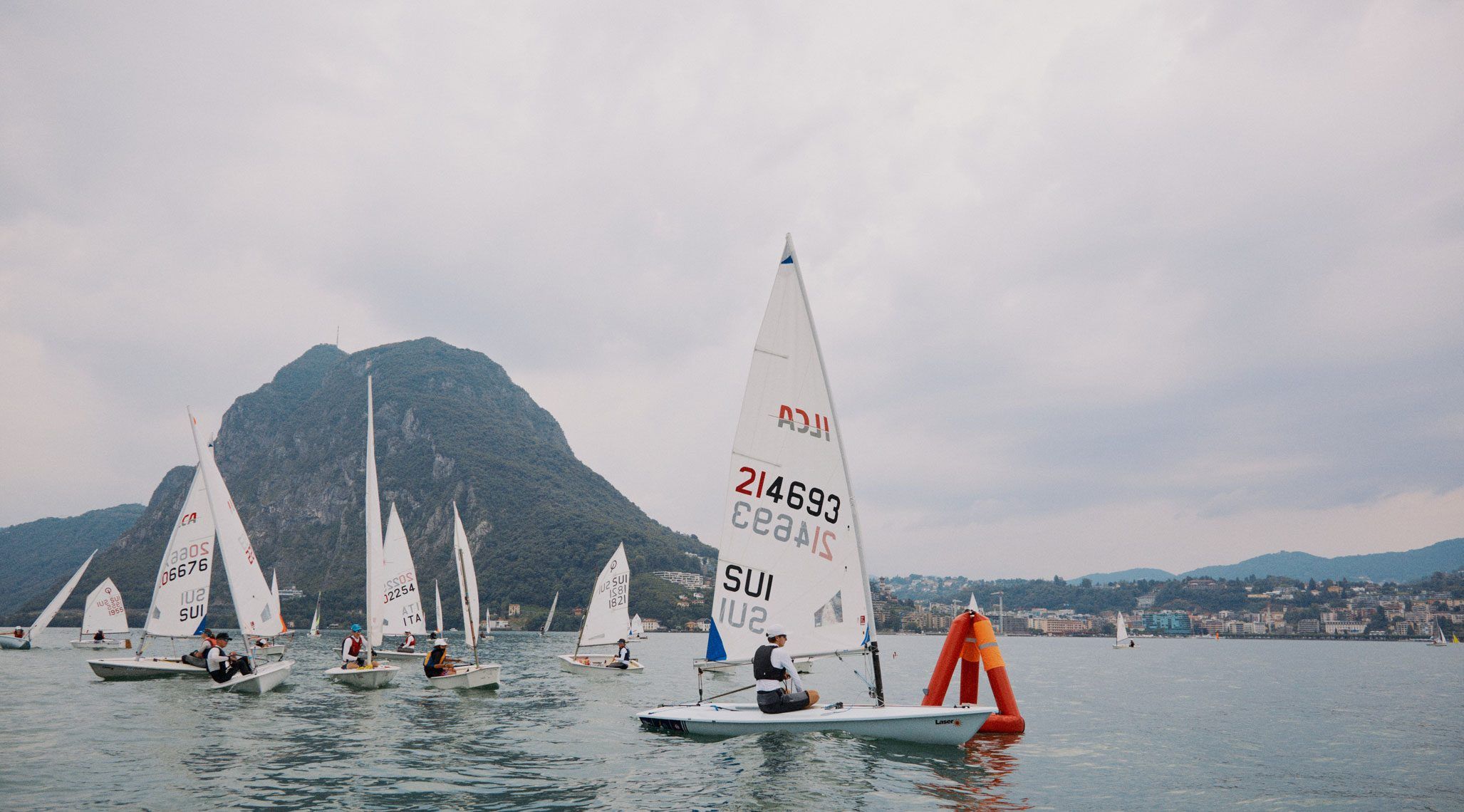8 NOVEMBER
08 November 2022
One day off, one day of rescheduling and today we are already on the eve, again. This morning the auditorium of the port of Saint-Malo hosts the pre-start weather briefing, and the tones will be much more relaxed than last Saturday.
“We will have to go upwind to pass the point of Brittany and exit the Channel”, explains Alberto.“Then, off the Bay of Biscay, we will have a front to cross, and this will be a challenging but manageable phase. We will then have to understand if there is a second front to pass, or if we can catch the wind from the NW before the anticyclone of the Azores. What the models show is that the high pressure is picking up strength, and this may provide powerful trade winds in the second part of the route. After 4 or 5 days, it will perhaps be possible to be on a running, for a fast descent: if all this is confirmed, and an extra tropical depression – as indicated by some forecast models – does not form (which would change everything), we could have a fast and fun Route du Rhum.”
There is already talk of a possible record, at least as regards the Ultims 32/23, the giant trimarans. Born in 1956, Francis Joyon – who set the previous record – will be present at the start, always with his Idec trimaran: wrinkles furrowing his face, two slits for eyes, he is one of the most experienced and respected solitary navigators. His goal is to repeat the exploit of 2018, to go under 7 days and 14 hours of navigation for the 3,600 miles that separate him from Guadeloupe. The goal, in short, is to end up in history, and put his hands in the bronze along the records avenue, because here the walk of fame is entirely dedicated to sailors.

And for Class40? The record belongs to Frenchman Yoann Richomme, who in 2018 sailed the route in 16 days, 3 hours, 22 minutes and 44 seconds, with an average speed of 9.14 knots and actually covering 4,309 miles (one does not go straight on a boat: 3,600 miles is a theoretical figure).
It is plausible, given the expected wind and direction, that this year sailors can aspire to lower even further the time, also considering the technology of the new boats at the start, as well as the scow bow, which when running should allow for significantly more speed.
So far the theory, but today is a day of practice: new choices regarding the sails, the weather briefing, and the last preparations, the setting of the alarm to take the boats out of the lock, in an unprecedented calm atmosphere, without any chaos, without the public and the “mundane” events induced by the big celebration, the one that could not and was not rescheduled in Saint Malo.








